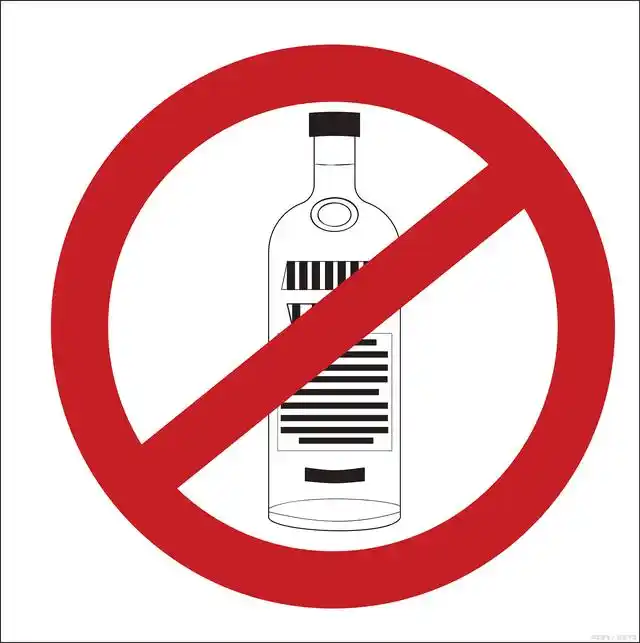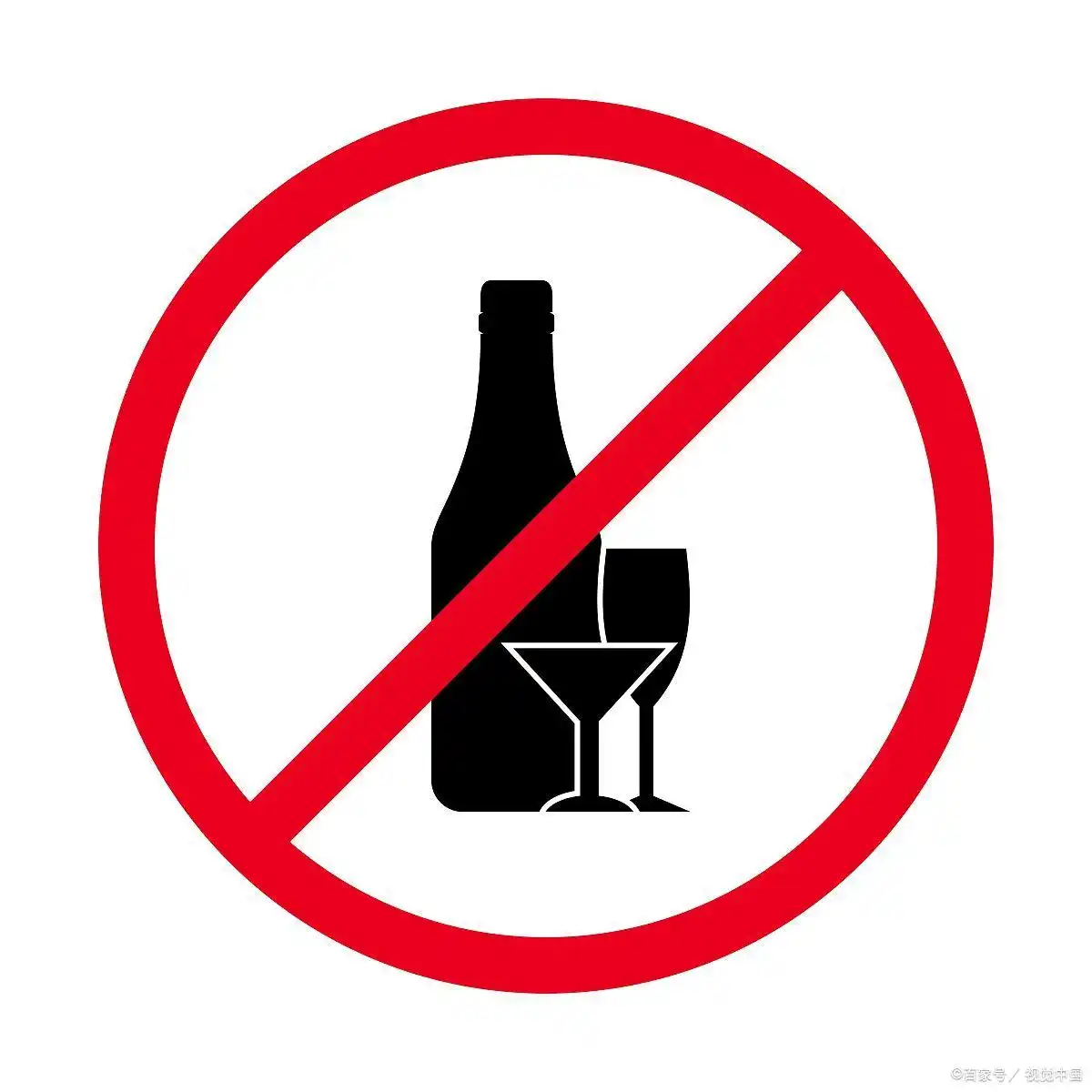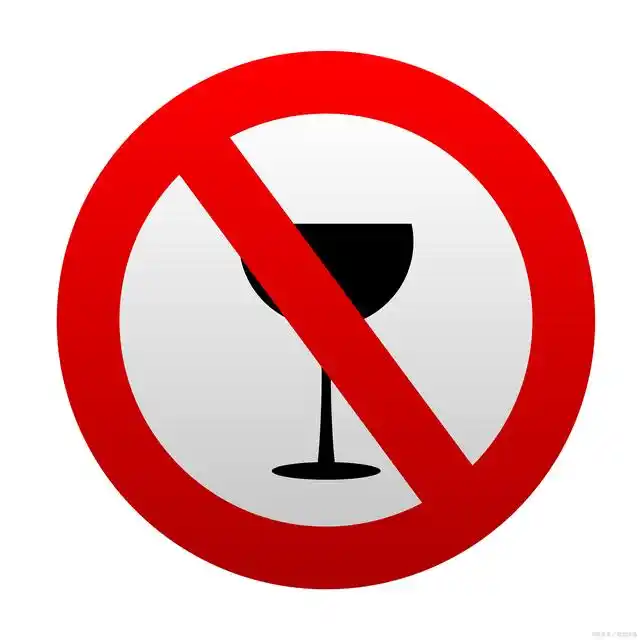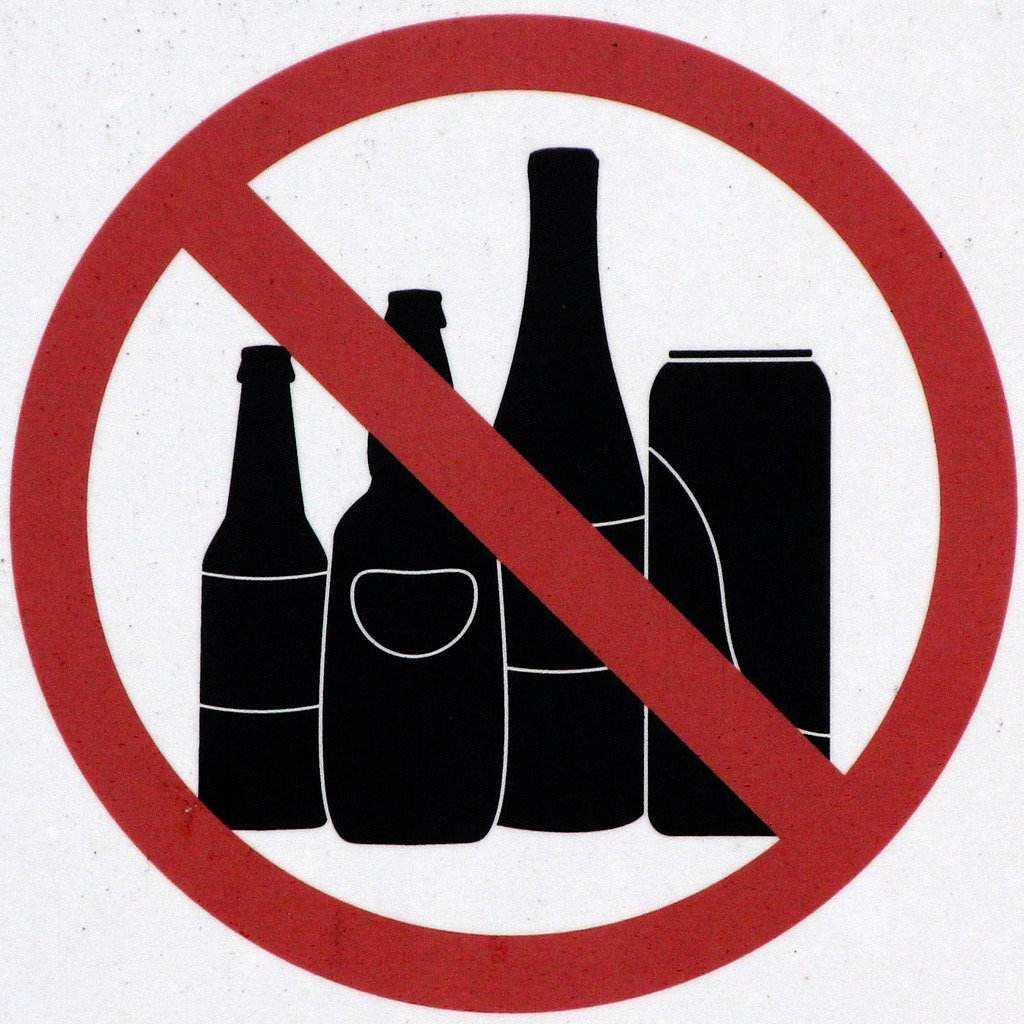Choosing Clean Snacks: A Guide to Additive-Free Eating During Alcohol Recovery
The journey to sobriety is one of the most challenging yet rewarding paths a person can undertake. As alcohol leaves your system, your body undergoes significant changes – both physically and mentally. During this delicate transition period, nutrition plays a crucial role in supporting your recovery. Many people in early sobriety experience intense sugar cravings as their bodies adjust to the absence of alcohol's empty calories. This often leads to reaching for convenient processed snacks that may undermine your health goals. Understanding how to select additive-free snacks can make a substantial difference in your recovery experience.
Why Additive-Free Matters in Sobriety
When you stop drinking alcohol, your body begins the complex process of healing. Your liver, which has been working overtime to process alcohol, now has the opportunity to repair itself. Your nervous system, which may have become dependent on alcohol's sedative effects, must recalibrate to function without chemical assistance. During this sensitive time, what you feed your body matters more than ever.
Processed foods containing artificial additives can place additional stress on your already overburdened system. Preservatives, artificial colors, flavor enhancers, and synthetic sweeteners require your liver to process yet more chemicals. Many of these additives have been linked to inflammation, digestive issues, and mood disturbances – all things you want to avoid during alcohol cessation when your body and mind are already vulnerable.
Moreover, many processed snacks are designed to be hyper-palatable, triggering reward centers in the brain similar to how alcohol affects dopamine levels. This can potentially prolong cravings and make it more challenging to establish healthy eating patterns in sobriety.
Understanding Food Labels: Decoding the Ingredients List
Learning to read and understand food labels is your first line of defense against unwanted additives. The ingredients list, not the marketing claims on the front of the package, tells the true story of what you're eating.
Look for snacks with short, recognizable ingredient lists. If you can't pronounce an ingredient or wouldn't find it in a home kitchen, it's likely an additive best avoided. Be particularly wary of:
- Artificial sweeteners (aspartame, sucralose, saccharin)
- Artificial colors (Red 40, Yellow 5, Blue 1)
- Preservatives (BHA, BHT, sodium benzoate)
- Flavor enhancers (MSG, autolyzed yeast extract)
- Artificial flavors
Also watch for hidden sugars, which often appear under names like high fructose corn syrup, dextrose, maltodextrin, and fruit juice concentrate. While not necessarily "additives" in the technical sense, these can disrupt blood sugar balance and fuel cravings.
Building Your Additive-Free Snack Pantry
Stocking your kitchen with wholesome, additive-free options makes healthy snacking convenient and accessible. Here are some categories to consider:
Fresh Whole Foods The simplest additive-free snacks are those that come from nature, unchanged. Fresh fruits and vegetables require no label reading and provide essential vitamins, minerals, and fiber. Keep washed and prepared options readily available: apple slices, carrot sticks, cherry tomatoes, berries, and banana spears make perfect grab-and-go snacks.

Nuts and Seeds Raw or dry-roasted nuts and seeds without added oils or seasonings are excellent sources of healthy fats, protein, and minerals. Almonds, walnuts, pumpkin seeds, and sunflower seeds are particularly nutritious choices. Portion them into small containers to avoid overeating.
Whole Food Energy Bars While many commercial energy bars are loaded with additives, some companies now produce bars with minimal, recognizable ingredients. Look for options with five ingredients or fewer, such as dates, nuts, seeds, and unsweetened dried fruit. Better yet, consider making your own at home where you control exactly what goes into them.
Fermented Foods Foods like plain yogurt (without added sugars or flavors), kefir, sauerkraut, and kimchi contain natural probiotics that support gut health. This is particularly important during alcohol recovery, as alcohol can disrupt the balance of beneficial bacteria in your digestive system.
Whole Grain Options Choose whole grain crackers, rice cakes, or air-popped popcorn without artificial flavorings. Look for products made with 100% whole grains and without hydrogenated oils or preservatives.
Navigating Cravings and Emotional Eating
In early sobriety, it's common to experience intense food cravings, particularly for sweets and carbohydrates. This happens because alcohol is high in sugar, and your body has become accustomed to regular sugar rushes. When you remove alcohol, your body seeks alternative sources of quick energy.
Rather than fighting these cravings, acknowledge them and make conscious choices about how to respond. Keeping additive-free sweet options on hand can help satisfy cravings without derailing your health goals. Try:
- Fresh or dried fruit (without added sugars)
- Dark chocolate with 70% or higher cocoa content
- Homemade smoothies with fruit and plain yogurt
- Date balls made with nuts and natural nut butter
It's also important to recognize the difference between physical hunger and emotional eating. Many people in recovery find they used alcohol to cope with emotions, and may turn to food for the same purpose. Developing alternative coping mechanisms – such as calling a support person, taking a walk, practicing deep breathing, or engaging in a hobby – can help break this pattern.
Practical Tips for Success
Plan Ahead The key to maintaining an additive-free snack regimen is preparation. When hunger strikes, you're more likely to reach for whatever is convenient. Take time each week to wash, chop, and portion snacks into ready-to-eat containers.
Read Labels Religiously Don't be fooled by marketing terms like "natural," "healthy," or "wholesome." These terms are largely unregulated and often appear on products full of additives. Always turn the package over and read the actual ingredients list.
Shop the Perimeter In most grocery stores, the least processed foods are located around the perimeter – produce, meat, dairy, and bulk bins. The center aisles typically contain more packaged, processed foods with additives.
Embrace Imperfection You don't need to be perfect in your additive-free journey. If you occasionally consume something with additives, be gentle with yourself. Recovery is about progress, not perfection. Each healthy choice you make supports your overall wellbeing.
The Connection Between Nutrition and Recovery
Choosing additive-free snacks does more than just support physical health during alcohol cessation. It represents a conscious decision to nourish your body with respect and care – a powerful statement of self-worth during recovery.
The process of reading labels, preparing wholesome foods, and making intentional choices builds mindfulness and self-discipline, qualities that serve you well throughout your sobriety journey. Each additive-free snack becomes a small act of self-love, reinforcing your commitment to healing and health.
As you continue on your path of sobriety, you may find that your taste preferences naturally shift toward simpler, cleaner foods. Many people discover a new appreciation for the natural flavors of whole foods once their taste buds recover from the overwhelming stimulation of alcohol and highly processed foods.
Remember that every person's recovery journey is unique. What works for one may not work for another. The most important thing is to approach this process with curiosity and compassion, making changes that feel sustainable and supportive of your overall wellbeing. By choosing additive-free snacks, you're giving your body the clean fuel it needs to heal and thrive in sobriety.



发表评论